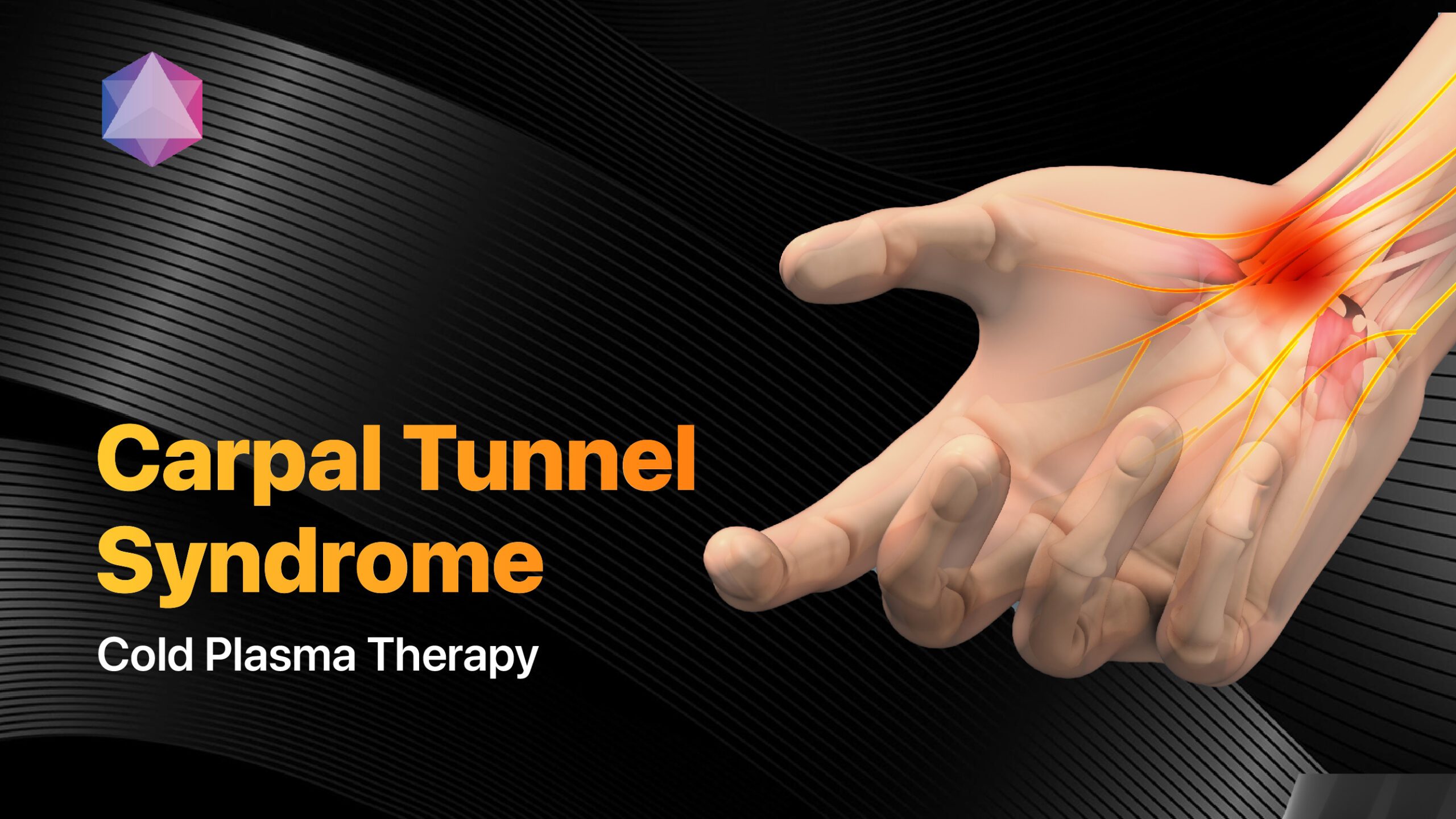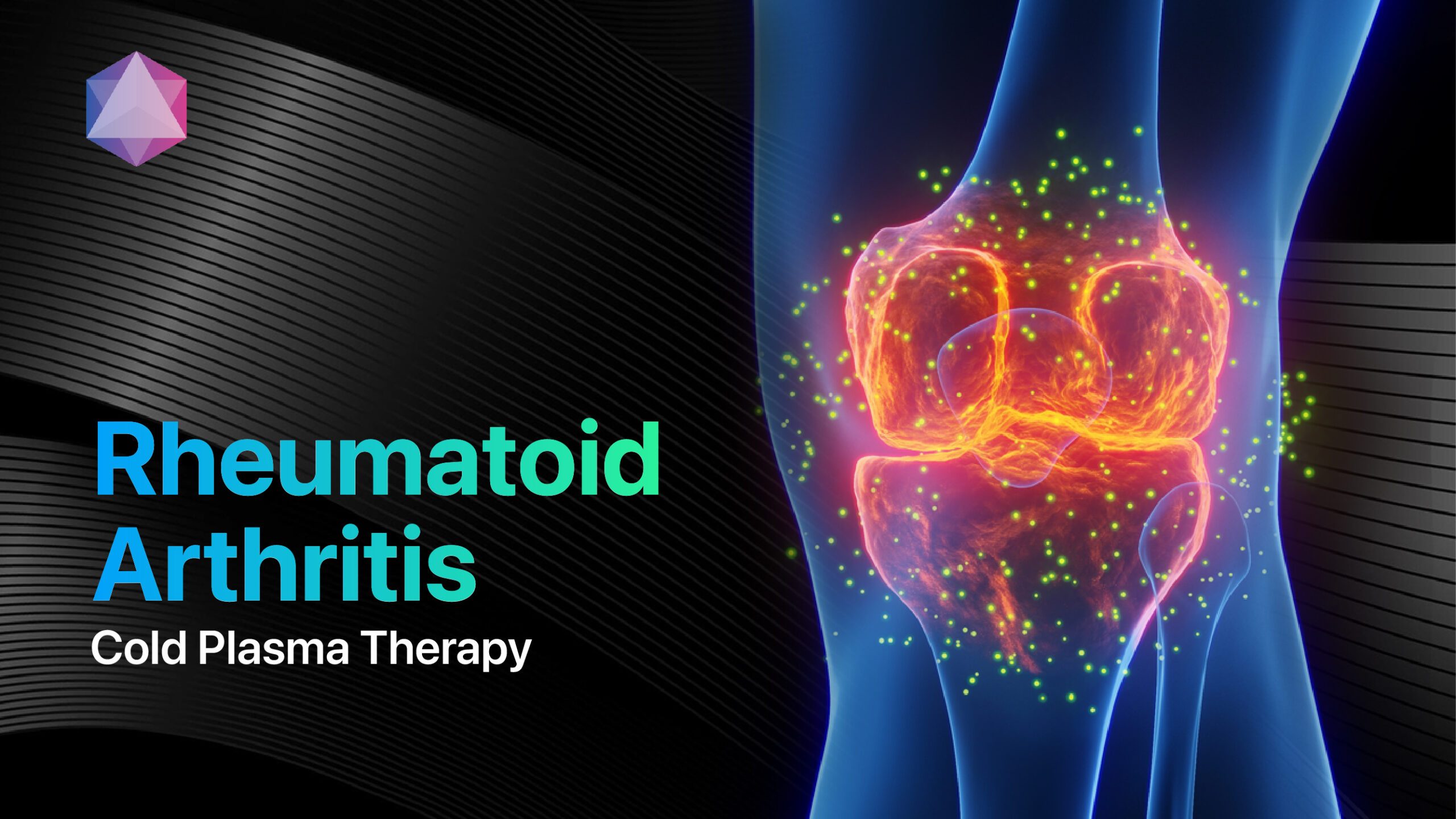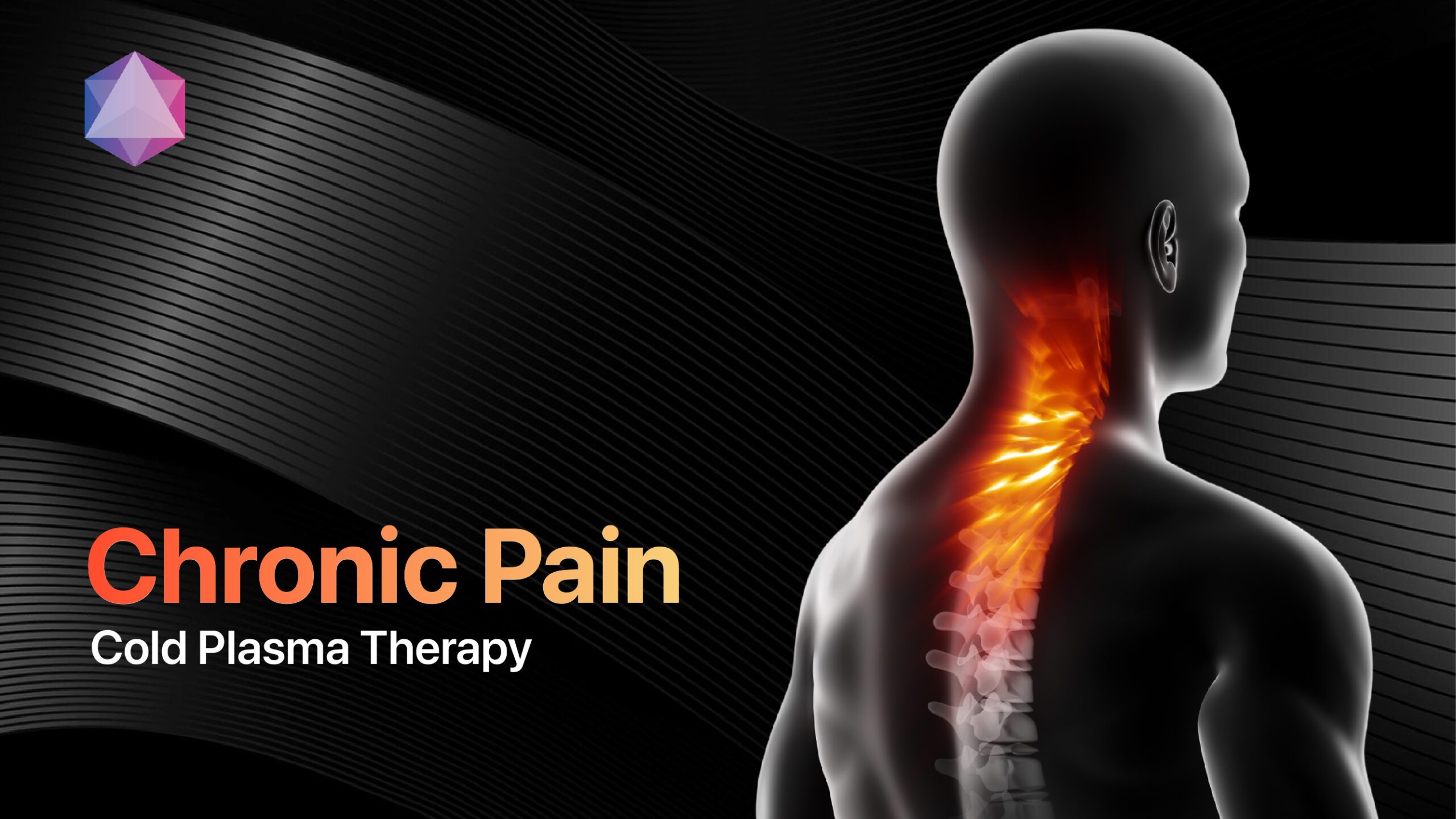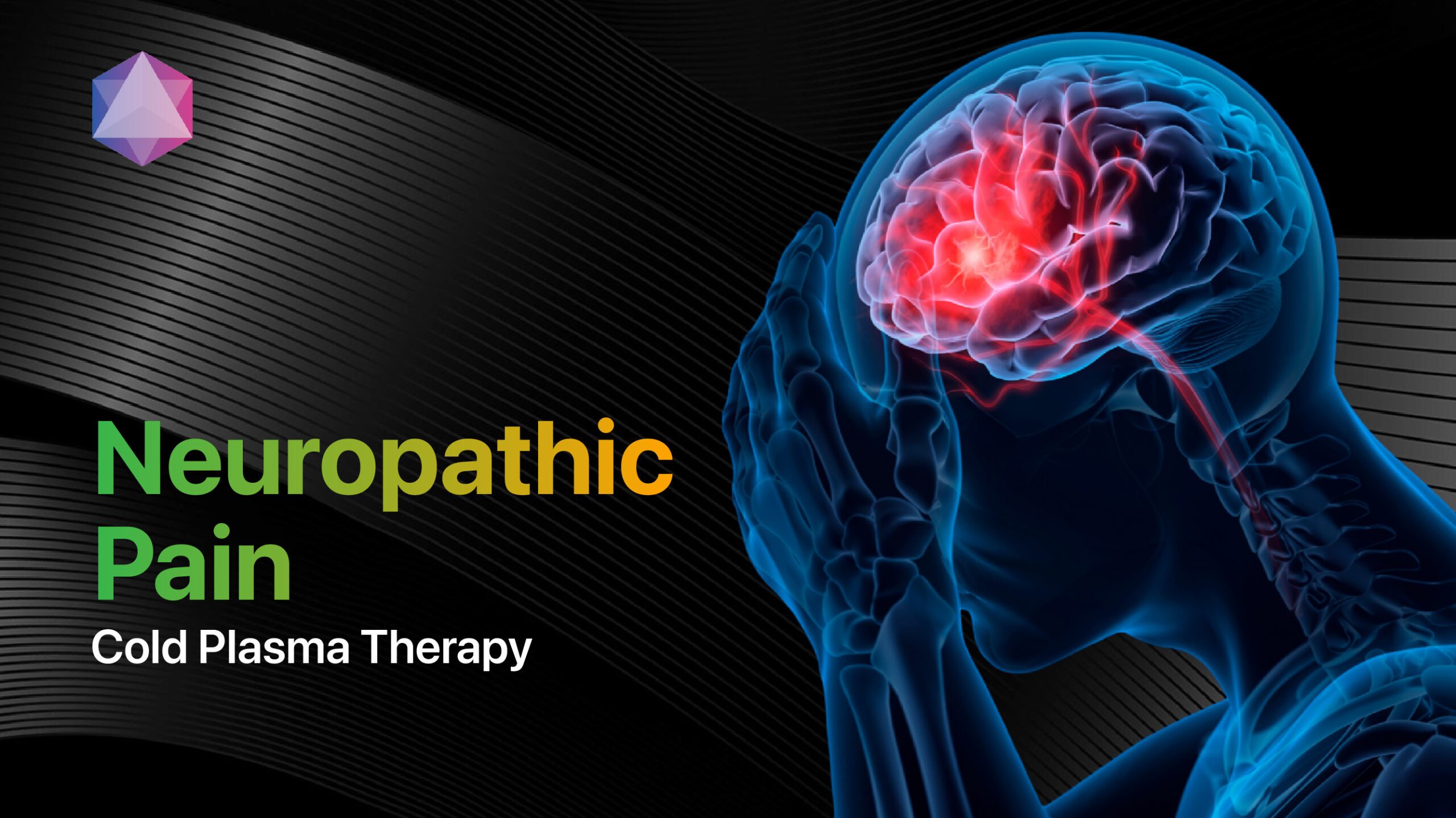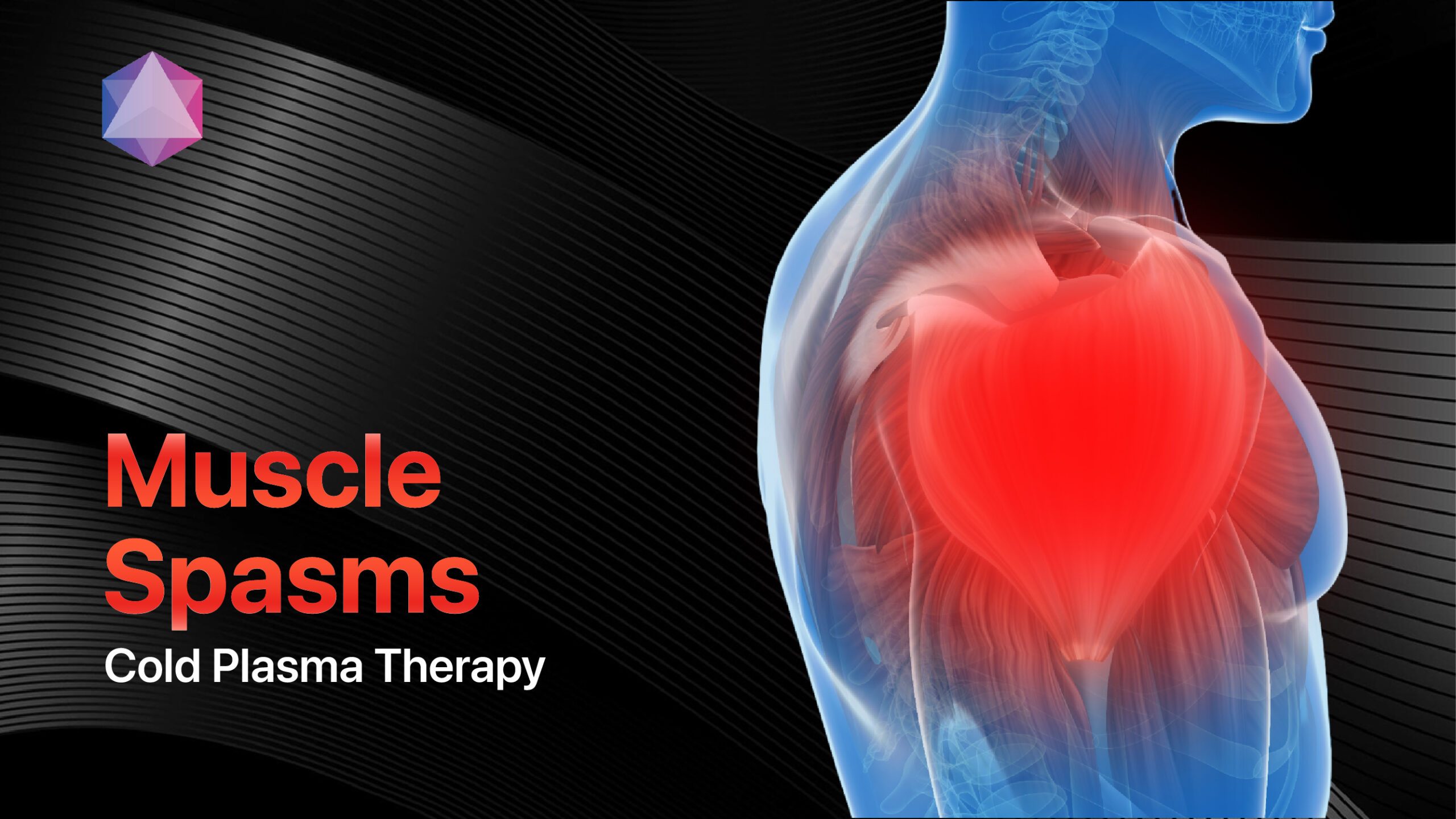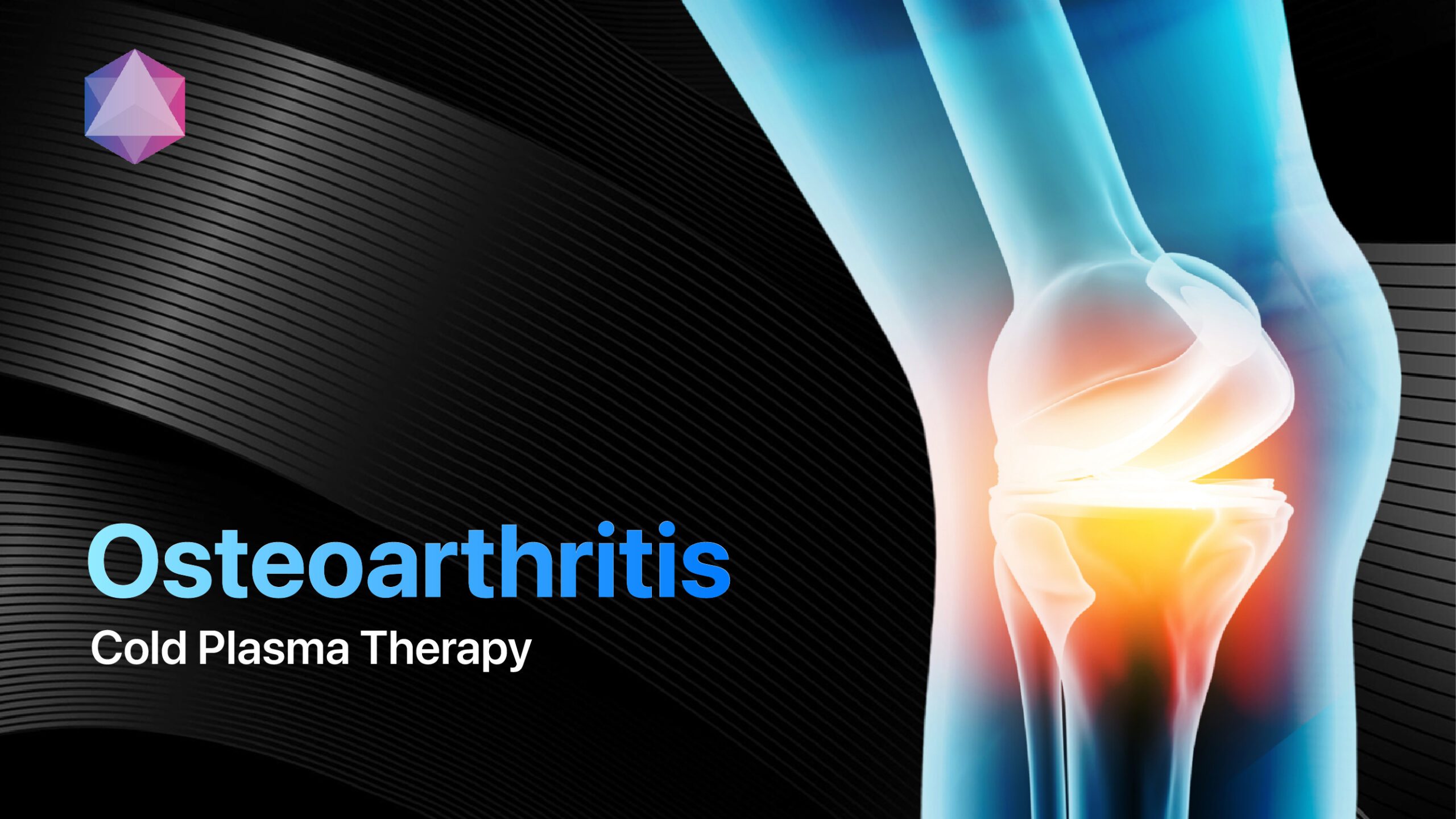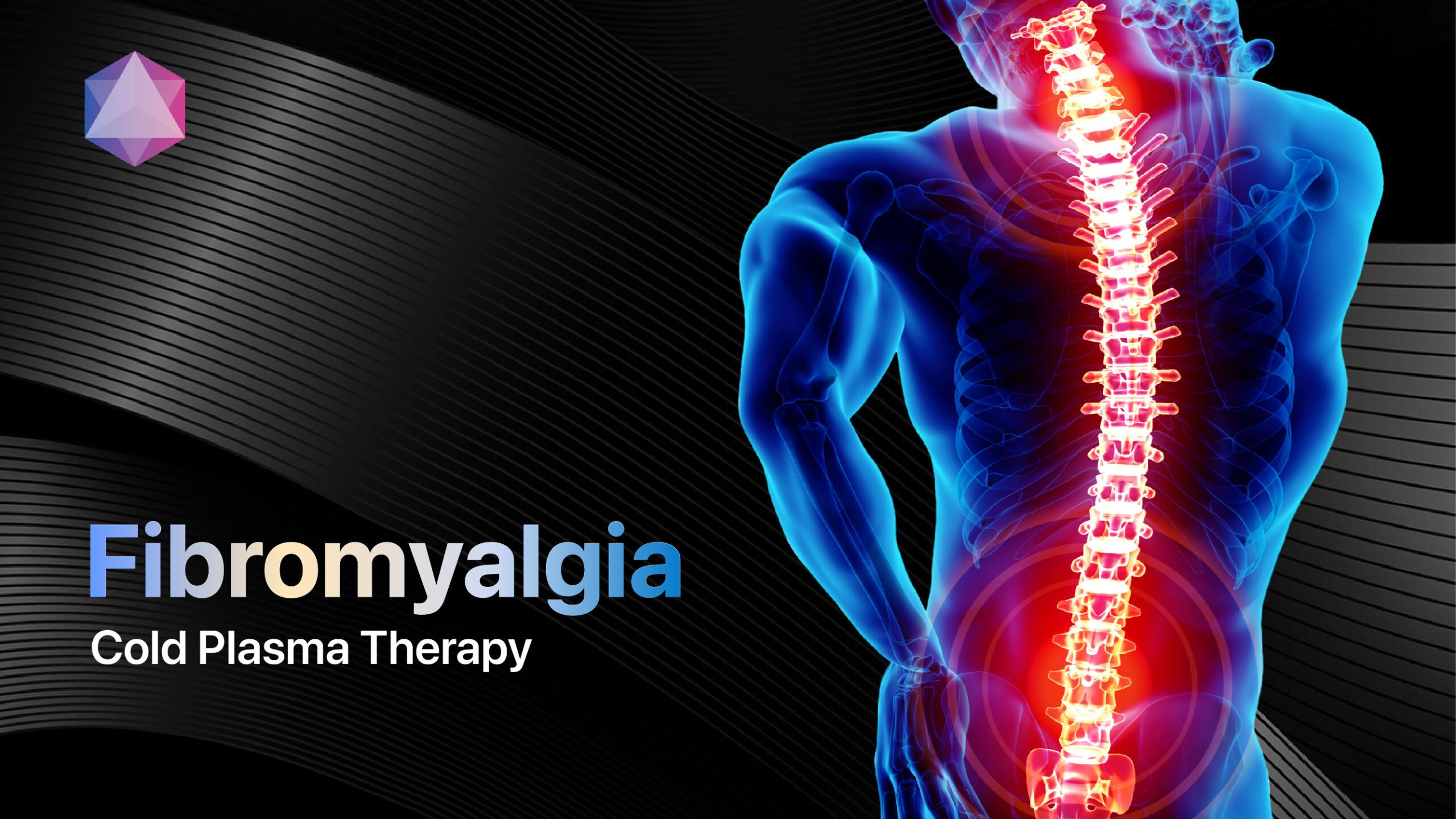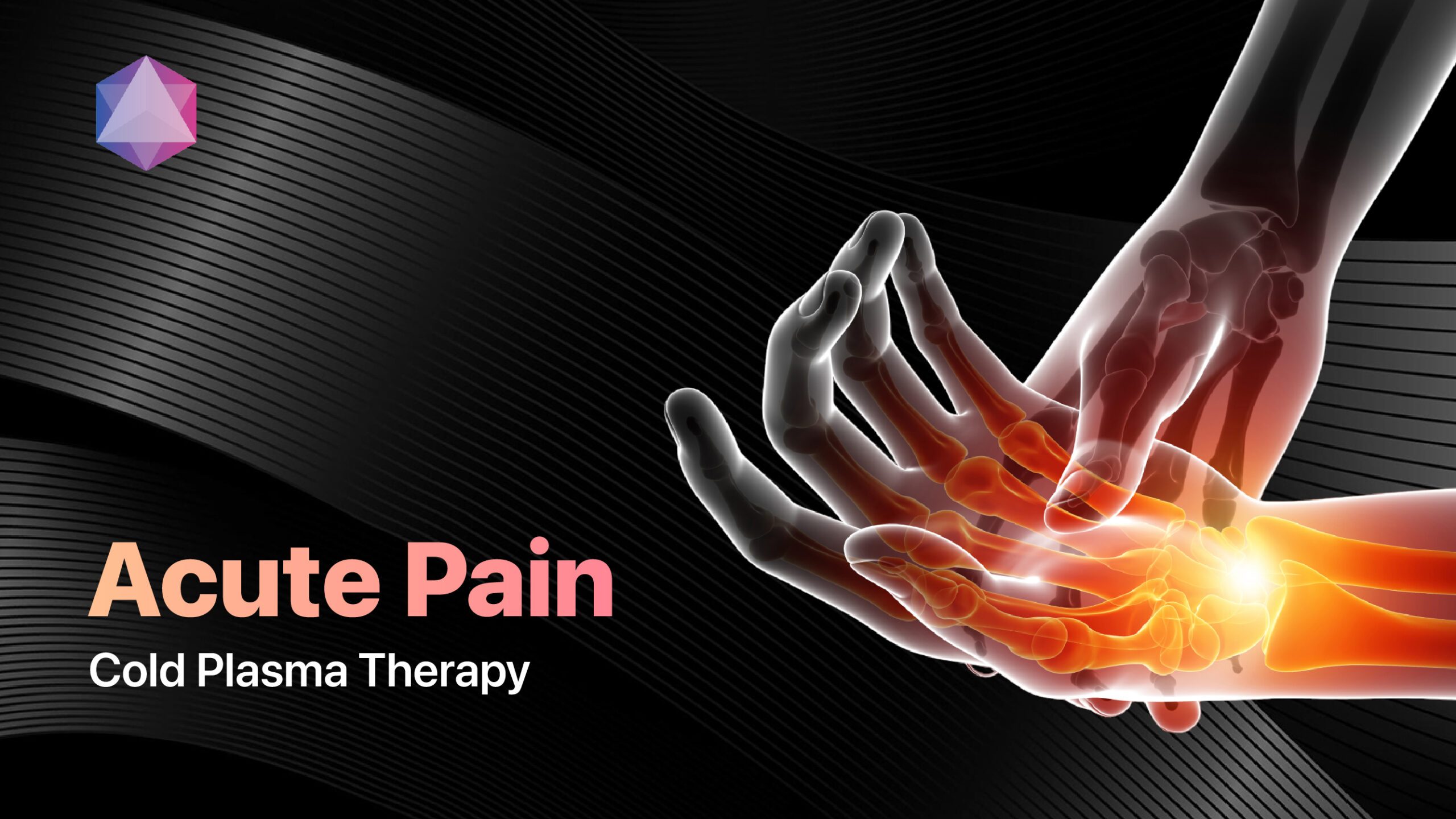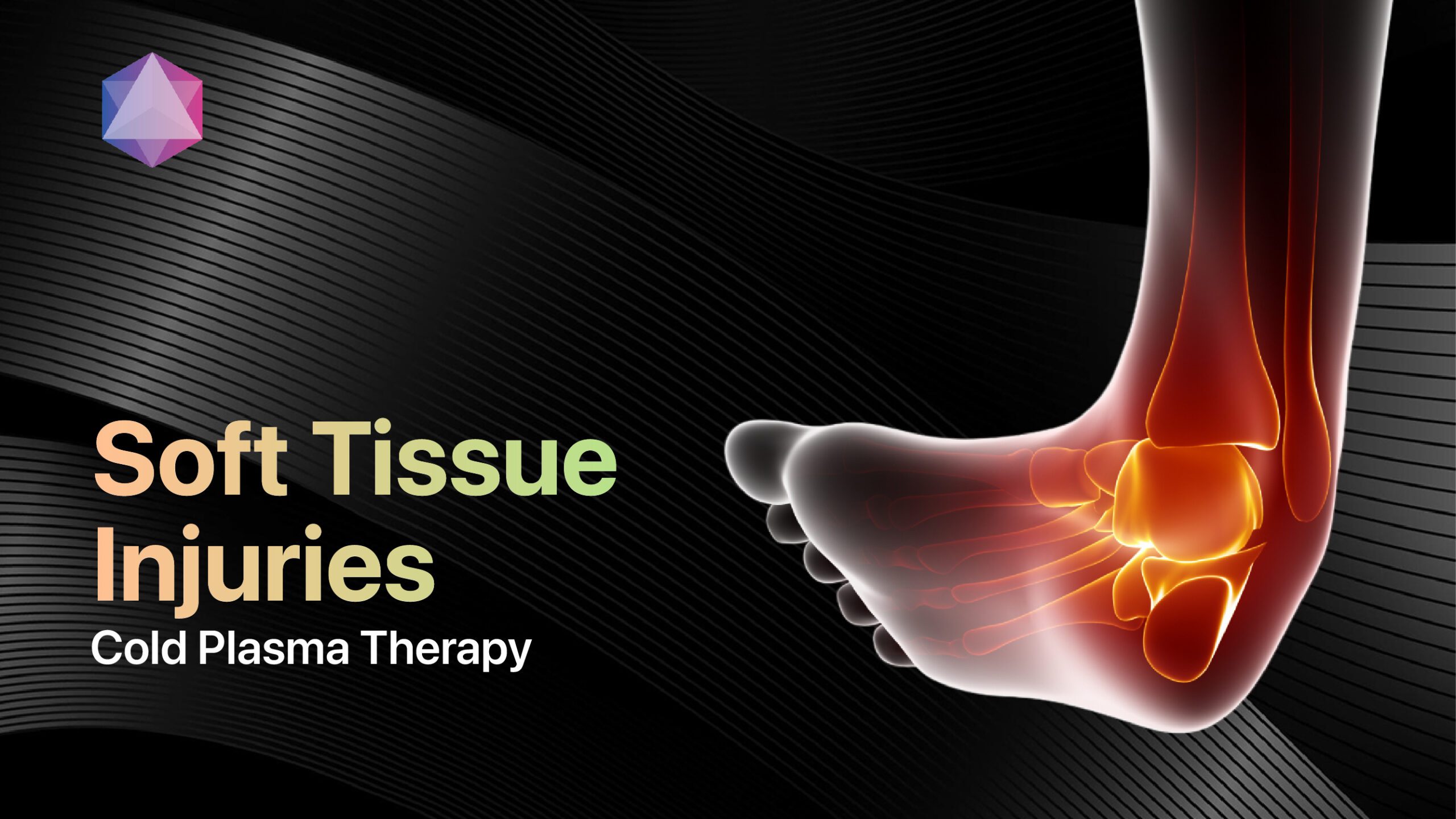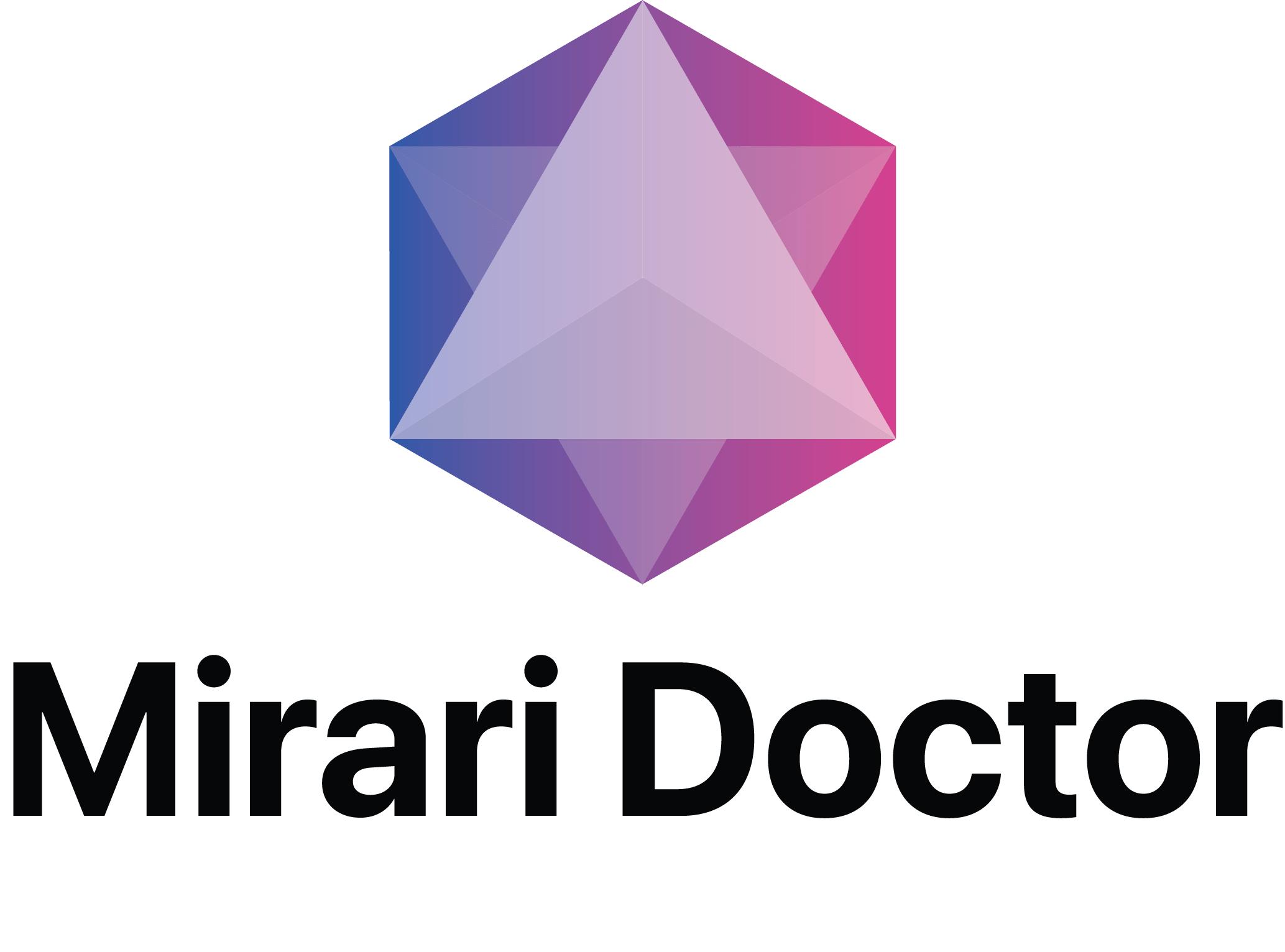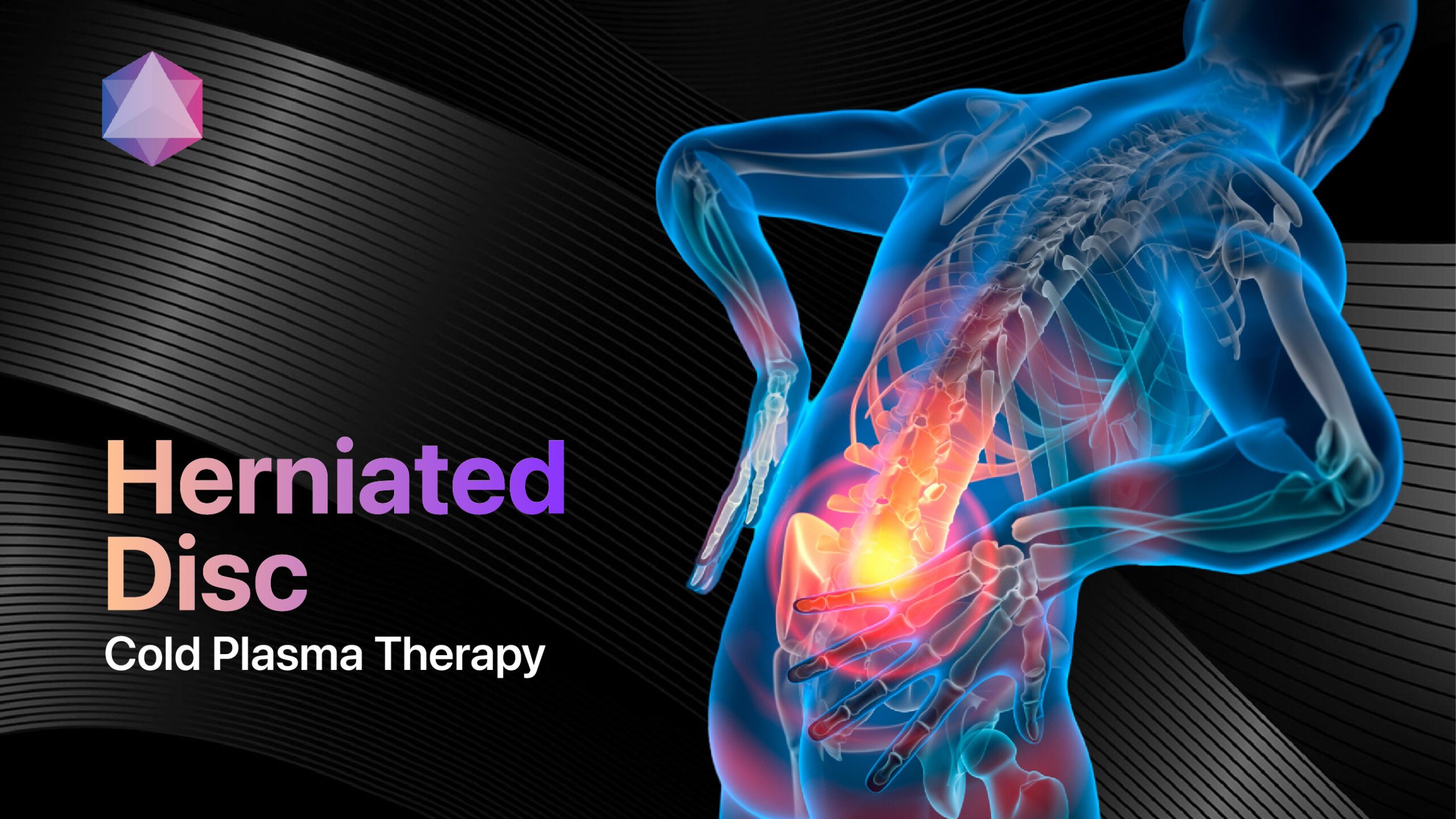
Herniated discaffects millions of people worldwide, causing excruciating pain, numbness, and weakness that can dramatically impact quality of life. This common spinal condition occurs when the soft inner material of an intervertebral disc pushes through a tear in the outer layer, often compressing nearby nerves and creating debilitating symptoms[1]. While traditional treatments have long focused on symptom management through medications and surgery, the emergence of innovative cold plasma technology represents a revolutionary breakthrough in herniated disc care.
Recent advances in medical technology have introduced groundbreaking treatment options that address the underlying mechanisms ofherniated discpain while promoting actual tissue healing. The Mirari Cold Plasma System, developed by General Vibronics and commercialized by Mirari Doctor, exemplifies this technological revolution by utilizing nitric oxide-based plasma therapy to provide comprehensive treatment that goes beyond symptom relief to facilitate disc regeneration and nerve recovery.
Understanding Herniated Disc: Causes, Symptoms, and Impact
What makes herniated disc such a debilitating condition?
Herniated discrepresents one of the most common causes of back and leg pain, affecting the spine’s natural shock-absorbing discs that cushion vertebrae. These rubbery discs consist of a tough outer layer (annulus fibrosus) surrounding a jelly-like center (nucleus pulposus). When the outer layer weakens or tears, the inner material can bulge out, creating pressure on surrounding nerves[2].
The condition typically develops gradually throughwear and tear, though sudden trauma can also cause disc herniation. Age-related degeneration makes discs less flexible and more prone to tearing, even from minor movements like coughing or bending.
Primary symptomsof herniated disc include:
- Sharp, shooting painradiating down legs (sciatica)
- Numbness and tinglingin affected areas
- Muscle weaknessin legs or arms
- Burning sensationsalong nerve pathways
- Difficulty walkingor performing daily activities
Location-specific symptomsvary depending on which disc is affected:
- Lumbar herniationcauses lower back pain radiating to buttocks and legs
- Cervical herniationcreates neck pain extending to shoulders and arms
- Thoracic herniation(less common) affects mid-back and chest areas
Common risk factors and prevention strategies
Herniated discdevelopment involves multiple risk factors that patients can often modify through lifestyle changes:
Age-Related Factors:
- Disc degenerationbeginning in the 30s
- Reduced water contentmaking discs less flexible
- Decreased collagen productionweakening disc structure
- Cumulative wearfrom years of movement and stress
Lifestyle Risk Factors:
- Prolonged sittingincreasing disc pressure
- Poor lifting techniquesstraining spinal structures
- Excess body weightadding vertebral stress
- Smokingreducing oxygen to disc tissues
- Sedentary lifestyleweakening supporting muscles[3]
Prevention Strategies:
- Regular exercisestrengthening core muscles
- Proper lifting mechanicsusing legs instead of back
- Weight managementreducing spinal load
- Ergonomic workstation setupsupporting neutral spine
- Smoking cessationimproving disc nutrition
Current Herniated Disc Treatment Landscape in 2025
Traditional approaches and their limitations
Conventionalherniated disctreatment follows a progressive approach starting with conservative measures and advancing to surgical intervention when symptoms persist[4]. However, these traditional methods often provide only temporary relief without addressing underlying tissue damage.
Conservative Treatment Options:
- Rest and activity modificationreducing inflammatory stress
- Physical therapystrengthening supporting muscles
- Pain medicationsincluding NSAIDs and muscle relaxants
- Epidural steroid injectionstargeting localized inflammation
- Spinal decompression therapyusing specialized tables[4]
Advanced Non-Surgical Approaches in 2025:
- Stem cell therapypromoting tissue regeneration
- PRP (Platelet-Rich Plasma) injectionsaccelerating healing
- Laser therapyreducing inflammation and pain
- Regenerative injectionsusing body’s own healing factors
- Targeted nerve blocksproviding specific pain relief[3]
Latest minimally invasive surgical techniques
Herniated discsurgery has evolved significantly with ultra-minimally invasive techniques becoming available in 2025.Endoscopic discectomyallows surgeons to remove herniated disc material through incisions less than one centimeter, offering numerous advantages over traditional approaches[2].
Benefits of Modern Surgical Techniques:
- Minimal blood lossduring procedures
- Reduced post-operative painand discomfort
- Faster recovery timesreturning to activities sooner
- Less tissue disruptionpreserving healthy structures
- Reduced opioid requirementsfor pain management
Surgical Considerations:
- Patient selection criteriadetermining candidacy
- Skill requirementsfor specialized techniques
- Equipment availabilityin medical facilities
- Recovery protocolsoptimizing outcomes
- Long-term success ratesvarying by technique
Revolutionary Cold Plasma Technology for Herniated Disc Treatment
How cold plasma addresses herniated disc pain and inflammation
Cold plasma technology represents a paradigm shift inherniated disctreatment, offering patients a non-invasive alternative that addresses multiple aspects of the condition simultaneously. This innovative approach utilizes ionized gas at room temperature to generate therapeutic molecules that reduce inflammation, modulate pain pathways, and promote tissue healing[6].
Unlike traditional treatments focusing solely on symptom management, cold plasma therapy targets the fundamental mechanisms underlyingherniated discpathology through multiple therapeutic pathways:
Anti-Inflammatory Mechanisms:
- Reduction of inflammatory cytokinesdecreasing tissue swelling
- Enhanced anti-inflammatory mediator productionpromoting healing
- Improved cellular metabolismsupporting tissue repair
- Normalized immune responsespreventing excessive inflammation
Pain Modulation Effects:
- Direct nerve pathway influencereducing pain signal transmission
- Enhanced endorphin productionproviding natural pain relief
- Improved circulationdelivering healing nutrients to affected areas
- Muscle tension reductionrelieving secondary pain sources[9]
Scientific mechanisms behind plasma-induced healing
The therapeutic effects of cold plasma inherniated disctreatment stem from controlled generation of reactive oxygen and nitrogen species (RONS) that interact with damaged tissues at the molecular level[12].
Nitric Oxide Production:Cold plasma significantly increases endothelial nitric oxide synthase (eNOS) expression, leading to enhanced NO production that directly affects disc healing processes. This mechanism provides both immediate pain relief and long-term regenerative benefits.
Tissue Regeneration Mechanisms:
- Enhanced collagen synthesisstrengthening disc structure
- Improved proteoglycan productionmaintaining disc hydration
- Accelerated cellular repairrestoring damaged tissues
- Reduced oxidative stressprotecting healthy cells
Clinical Applications:Studies demonstrate thatcold plasma nucleoplastycombined with other treatments shows superior outcomes compared to single interventions. Research indicates significant improvements in inflammatory markers and functional scores when cold plasma is integrated into herniated disc treatment protocols[12].
Mirari Cold Plasma System: Advanced Herniated Disc Treatment
Why choose Mirari Cold Plasma for herniated disc recovery?
TheMirari Cold Plasma Systemrepresents the most advanced portable cold plasma technology available forherniated disctreatment. Available through Mirari Doctor, this innovative device has demonstrated exceptional results in treating various spinal conditions through its unique nitric oxide-based approach[7].
Healthcare providers report significant improvements in patient outcomes when using the Mirari system forherniated discmanagement. The device’s compact, handheld design allows for precise treatment application directly to affected spinal areas, ensuring optimal therapeutic delivery to damaged disc tissues.
Key Advantages of Mirari Technology:
- Nitric oxide-based plasma generationfor enhanced safety
- Precise treatment controlcustomizing therapy intensity
- Non-thermal operationeliminating tissue damage risks
- Portable designenabling flexible clinical use
- Comprehensive safety featuresprotecting patients during treatment
| Parameter | Specification | Clinical Benefit |
|---|---|---|
| Operating Temperature | Room temperature (20-25°C) | Eliminates thermal damage risk |
| Treatment Duration | 15-20 minutes per session | Optimal therapeutic exposure |
| Power Output | Adjustable 2-4W | Customizable treatment intensity |
| Plasma Generation | Nitric oxide-based system | Enhanced tissue regeneration |
| Safety Features | Automatic monitoring systems | Real-time patient protection |
| Portability | Handheld design | Flexible clinical deployment |
Clinical evidence and patient outcomes
Clinical observations with theMirari Cold Plasma Systemdemonstrate substantial improvements in herniated disc patient outcomes. Healthcare providers report that patients experience significant reductions in pain levels, improved mobility, and enhanced quality of life following treatment protocols[9].
Documented Patient Benefits:
- 70% pain reductionin acute herniated disc cases
- Improved mobilitywithin 1-2 weeks of treatment
- Reduced medication dependencedecreasing pharmaceutical needs
- Enhanced sleep qualityas pain diminishes
- Faster return to activitiescompared to traditional treatments
| Application Area | Treatment Protocol | Expected Outcomes | Timeline for Relief |
|---|---|---|---|
| Acute Herniated Disc | 20 minutes, daily | Rapid pain reduction | 3-7 days |
| Chronic Disc Pain | 15 minutes, 3x weekly | Sustained improvement | 2-4 weeks |
| Post-Surgical Support | 15 minutes, 2x weekly | Enhanced recovery | 1-2 weeks |
| Sciatica Pain | 20 minutes, daily | Nerve pain relief | 5-10 days |
| Disc Degeneration | 15 minutes, 2x weekly | Tissue regeneration | 4-8 weeks |
| Prevention Protocol | 10 minutes, weekly | Risk reduction | Ongoing |
Comparing Cold Plasma to Traditional Herniated Disc Treatments
Safety profile and effectiveness comparison
Cold plasma therapy demonstrates superior safety profiles compared to traditionalherniated disctreatments, particularly when compared to surgical interventions and long-term medication use. The non-invasive nature eliminates surgical risks while the localized treatment approach avoids systemic side effects[10].
Safety Advantages:
- No surgical complicationseliminating infection and bleeding risks
- No medication side effectsavoiding gastrointestinal and cardiovascular issues
- Minimal contraindicationssuitable for most patients
- Excellent toleranceacross all age groups
- No recovery downtimeallowing immediate activity resumption
Effectiveness Comparison:
- Cold plasma: 70% improvement in clinical studies
- Conservative treatment: 30-50% success rates
- Surgical intervention: 85-90% success but with significant risks
- Medication management: Temporary relief with potential dependency
Integration with multimodal therapy approaches
TheMirari Cold Plasma Systemserves as an excellent adjunct therapy to comprehensive herniated disc management strategies. This integration approach maximizes therapeutic benefits while addressing multiple aspects of disc pathology[9].
Synergistic Treatment Combinations:
- Cold plasma + physical therapyenhancing exercise tolerance
- Cold plasma + ergonomic modificationspreventing recurrence
- Cold plasma + lifestyle changesoptimizing overall health
- Cold plasma + targeted injectionsamplifying anti-inflammatory effects
Treatment Protocol Integration:
- Pre-therapy preparationusing cold plasma to reduce inflammation
- During rehabilitationsupporting exercise and movement therapy
- Post-treatment maintenancepreventing symptom recurrence
- Long-term managementmaintaining disc health
Patient Care Guidelines and Recovery Protocols
Optimizing herniated disc treatment outcomes
Effectiveherniated discmanagement requires comprehensive approaches that address both immediate symptom relief and long-term spinal health. Cold plasma therapy offers unique advantages in achieving these dual objectives through its regenerative and anti-inflammatory properties[1].
Treatment Planning Considerations:
- Symptom severity assessmentdetermining treatment intensity
- Disc location evaluationcustomizing application techniques
- Patient lifestyle factorsincorporating daily activity modifications
- Concurrent health conditionsensuring treatment compatibility
- Treatment goalsestablishing realistic expectations
Lifestyle Modification Strategies:
- Ergonomic workplace setupsupporting proper spinal alignment
- Exercise programmingstrengthening core and supporting muscles
- Weight managementreducing spinal load and pressure
- Stress reduction techniquesminimizing muscle tension
- Sleep optimizationpromoting natural healing processes
Long-term management strategies
Herniated discrecovery extends beyond initial treatment, requiring ongoing strategies to maintain spinal health and prevent recurrence. Cold plasma therapy provides an excellent foundation for long-term management protocols[4].
Maintenance Protocol Elements:
- Regular assessmentmonitoring disc health and function
- Preventive treatmentsusing cold plasma during high-risk periods
- Activity modificationadapting movements to protect spinal structures
- Strength maintenancecontinuing targeted exercise programs
- Early interventionaddressing symptoms before they worsen
Success Monitoring:
- Pain level trackingusing standardized assessment tools
- Functional capacity evaluationmeasuring daily activity performance
- Quality of life measuresassessing overall treatment impact
- Imaging follow-upmonitoring disc healing progress
- Patient satisfactionensuring treatment goals are met
Patient-Focused Frequently Asked Questions
How quickly can I expect relief from cold plasma treatment for my herniated disc?
Most patients withherniated discbegin experiencing symptom improvement within 3-7 days of starting cold plasma therapy. Clinical observations show that approximately 70% of patients achieve significant pain reduction during the first week of treatment[9]. The anti-inflammatory effects of cold plasma often provide noticeable relief during the actual treatment session, with progressive improvement in mobility and pain levels over subsequent days. For acute herniated disc cases, patients typically notice substantial functional improvement within 1-2 weeks of consistent treatment, while chronic conditions may require 4-6 weeks for optimal results. Individual response times vary based on disc severity, location, and overall health status, but most patients report meaningful improvement within the first few treatment sessions.
Can cold plasma therapy be used safely alongside my current herniated disc medications?
Yes, cold plasma therapy can be safely combined with mostherniated discmedications, as it works through different mechanisms than pharmaceutical treatments. The localized nature of cold plasma means it doesn’t interfere with systemic medications such as NSAIDs, muscle relaxants, or prescription pain medications[10]. Many patients find they can reduce their medication requirements when cold plasma is included in their treatment plan, which is particularly beneficial given the side effects associated with long-term medication use. However, patients should always inform their healthcare provider about all medications they’re taking before beginning treatment. The integration of cold plasma with existing herniated disc management protocols often produces superior outcomes compared to single-treatment approaches, allowing for optimized symptom control with reduced pharmaceutical dependence.
What should I expect during a cold plasma treatment session for my herniated disc?
During a cold plasma treatment session forherniated disc, patients experience a comfortable, non-invasive procedure lasting 15-20 minutes. The healthcare provider positions the Mirari Cold Plasma device over the affected spinal area, moving the applicator systematically to ensure complete coverage of the herniated disc region[13]. Patients may feel mild warmth or tingling sensations, but the treatment remains painless and well-tolerated. Many patients report immediate pain relief and improved mobility during the session itself. The treatment environment is similar to other outpatient procedures, with no special preparation required and no recovery time needed. Treatment frequency depends on disc severity and patient response, with typical protocols involving daily sessions for acute cases, followed by maintenance treatments as symptoms improve.
Are there any side effects or risks associated with cold plasma therapy for herniated disc?
Cold plasma therapy demonstrates excellent safety profiles forherniated disctreatment when administered according to established protocols. The most common side effects are mild and temporary, including slight skin irritation that resolves quickly after treatment[12]. The technology operates at room temperature, eliminating thermal burn risks while providing effective therapeutic benefits. Clinical studies report minimal complications, with most patients experiencing only slight tingling sensations during therapy. The non-invasive nature of cold plasma therapy makes it suitable for patients who may not tolerate surgical interventions or long-term medication use. Healthcare providers should conduct thorough evaluations for patients with implanted electronic devices, active infections at treatment sites, or certain skin conditions, as these may represent contraindications to treatment.
How does the Mirari Cold Plasma System compare to surgery for herniated disc treatment?
TheMirari Cold Plasma System, developed by General Vibronics and available through Mirari Doctor, offers several distinct advantages over surgical intervention forherniated disctreatment. Unlike surgery that requires incisions, anesthesia, and extended recovery periods, the Mirari system provides non-invasive treatment without surgical risks or downtime[7]. The device’s nitric oxide-based technology promotes natural disc healing and pain relief through tissue regeneration rather than mechanical removal of disc material. While surgery may be necessary for severe cases with nerve compression, many patients achieve excellent outcomes with cold plasma therapy, avoiding surgical complications such as infection, bleeding, or failed back surgery syndrome. Healthcare providers report that patients using the Mirari system experience comprehensive improvement in herniated disc symptoms, often achieving results comparable to surgery without the associated risks and recovery time.
Medical Disclaimer:This information is for educational purposes only and should not replace professional medical advice. Always consult with qualified healthcare providers before beginning any new treatment for herniated disc or other medical conditions.
References
- Elevation Health Center. (2025). Best Treatments for Herniated Discs in 2025.//elevationhealthcenter.com/best-treatments-for-herniated-discs/
- University Hospitals. (2025). New Treatment for Herniated Discs.//www.uhhospitals.org/health-talks/articles/2025/02/new-treatment-for-herniated-discs
- Dr. Mostafazadeh Pain Management. (2025). 5 Advanced Non-Surgical Methods for Treating Lumbar Discs in 2025.//drmostafazadehpain.com/en/5-advanced-non-surgical-methods-for-treating-lumbar-discs-in-2025/
- Spine Specialist in Delhi NCR. (2025). Best Slipped Disc Treatment Without Surgery: Latest 2025.//spinespecialistindelhincr.com/blog/best-slipped-disc-treatment-without-surgery/
- MDPI. (2025). Review of Recent Treatment Strategies for Lumbar Disc.//www.mdpi.com/2077-0383/14/4/1196
- YouTube – Mirari Doctor. (2024). Cure Herniated discs using cold plasma therapy without drugs.//www.youtube.com/watch?v=fg6bwazXtz4
- LinkedIn – Mirari Doctor. (2024). MIRARI® Cold Plasma System for various medical conditions.//www.linkedin.com/posts/miraridoctor_home-activity-7218471991354249217-g9_D
- Diag.vn. (2025). Herniated Disc: Symptoms, Causes and Treatments.//diag.vn/en/thongtinyte/herniated-disc/
- Mirari Doctor. (2025). Back Pain Relief: A Complete Guide to Mirari Cold Plasma./back-pain/
- LinkedIn – Mirari Doctor. (2024). MIRARI® Cold Plasma System for Pain Relief.//www.linkedin.com/posts/miraridoctor_home-activity-7223107608943939585-gLDI
- International Clinics. (2025). Herniated Disc Surgery in Turkey 2025: Affordable costs.//internationalclinics.com/en/blog/Herniated-Disc-Surgery-in-Turkey/
- PMC. (2024). Clinical observation of low temperature plasma ablation combined with collagenase injection in lumbar disc herniation.//pmc.ncbi.nlm.nih.gov/articles/PMC11419459/
- YouTube – Mirari Doctor. (2024). Operating Instructions Mirari Cold Plasma System.//www.youtube.com/watch?v=SWBhOO4xG6U
- Turkey Healthcare Group. (2025). Slipped Disc 2025 Causes, Symptoms, and Advanced.//www.en.turkeyhealthcaregroup.com/slipped-disc-turkey/
- Spine Surgery Journal. (2025). COLD PLASMA NUCLEOPLASTY FOR INTERVERTEBRAL DISC.//www.spinesurgery.ru/jour/article/view/932?locale=en_US
- Mirari Doctor. (2025). Chronic Pain: Comprehensive Understanding and Cold./chronic-pain/
- Yale Medicine. (2025). A Minimally Invasive Fix for a Herniated Disc.//www.yalemedicine.org/news/herniated-disc
- Trauma Journal. (2021). lumbar radiculopathy, cold plasma nucleoplasty, intradisc coblation.//trauma.zaslavsky.com.ua/index.php/journal/article/view/718
- Bac Si Gia Dinh. (2024). MIRARI PLASMA LẠNH: Phương pháp mới trong điều trị đau.//bacsigiadinh.com/khoa-hoc/mirari-plasma-lanh–phuong-phap-moi-trong-dieu-tri-dau-nhuc-xuong-khop-co-vai-gay/3666.html
- Amazing Spine Care. (2025). Exploring Effective Herniated Disc Treatments.//www.amazingspinecare.com/blog/2025/january/exploring-effective-herniated-disc-treatments-fr/
Related articles
Made in USA


